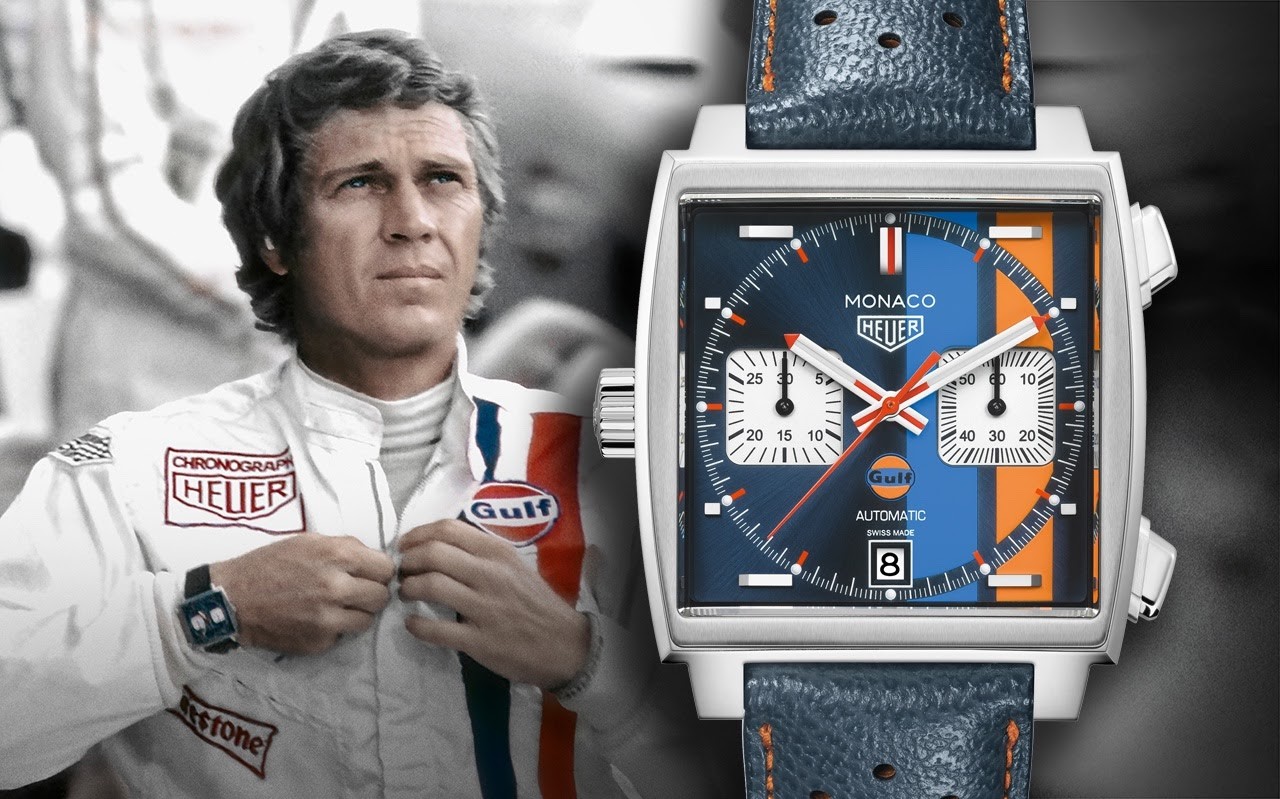Named in honour of the principality’s celebrated Grand Prix, the “Monaco” was one of the first automatic chronographs, meaning that it is a chronograph that does not require manual winding but has a self-winding mechanism. Definitions of what constitutes a chronograph vary but, by and large, chronographs provide at least one other measurement of time as well as the time of day. This can include date and stopwatch functions, the current state of the lunar cycle, or functions concerning international time.
To further complicate matters, a chronograph can also be certified as a chronometer. A watch can be called a chronometer only if it has passed a series of rigorous tests overseen by an official body such as, in Switzerland, the Controle Officiel Suisse des Chronometres (COSC). There are only a handful of laboratories in the world qualified to perform such tests.
Although self-winding watches were first developed in the 1920s, the difficulties of adding another element to the already complex mechanisms slowed the development of an automatic chronograph. Unusually, the “Monaco” has a crown mounted to the left-hand side of the case at the nine o’clock position rather that the conventional position at three o’clock.
The “Monaco” found even more glamour when the “1113: variation was worn by Steve McQueen in the 1971 film Le Mans. This watch was subsequently sold at auction for $800,000.
The “Monaco” watch was chosen personally by Steve McQueen from a variety of chronograph timepieces selected and delivered to the Le Mans film set by Jack Heuer, the great-grandson of the famous watch manufacturer’s founder.
The “Monaco” is now frequently referred to as “The McQueen”, in honour of its association with the screen legend in 1971.
References:
Vintage Heuer Triple Chronograph Watch ref. 2446 2nd Execution 1964
Tag Heuer History






